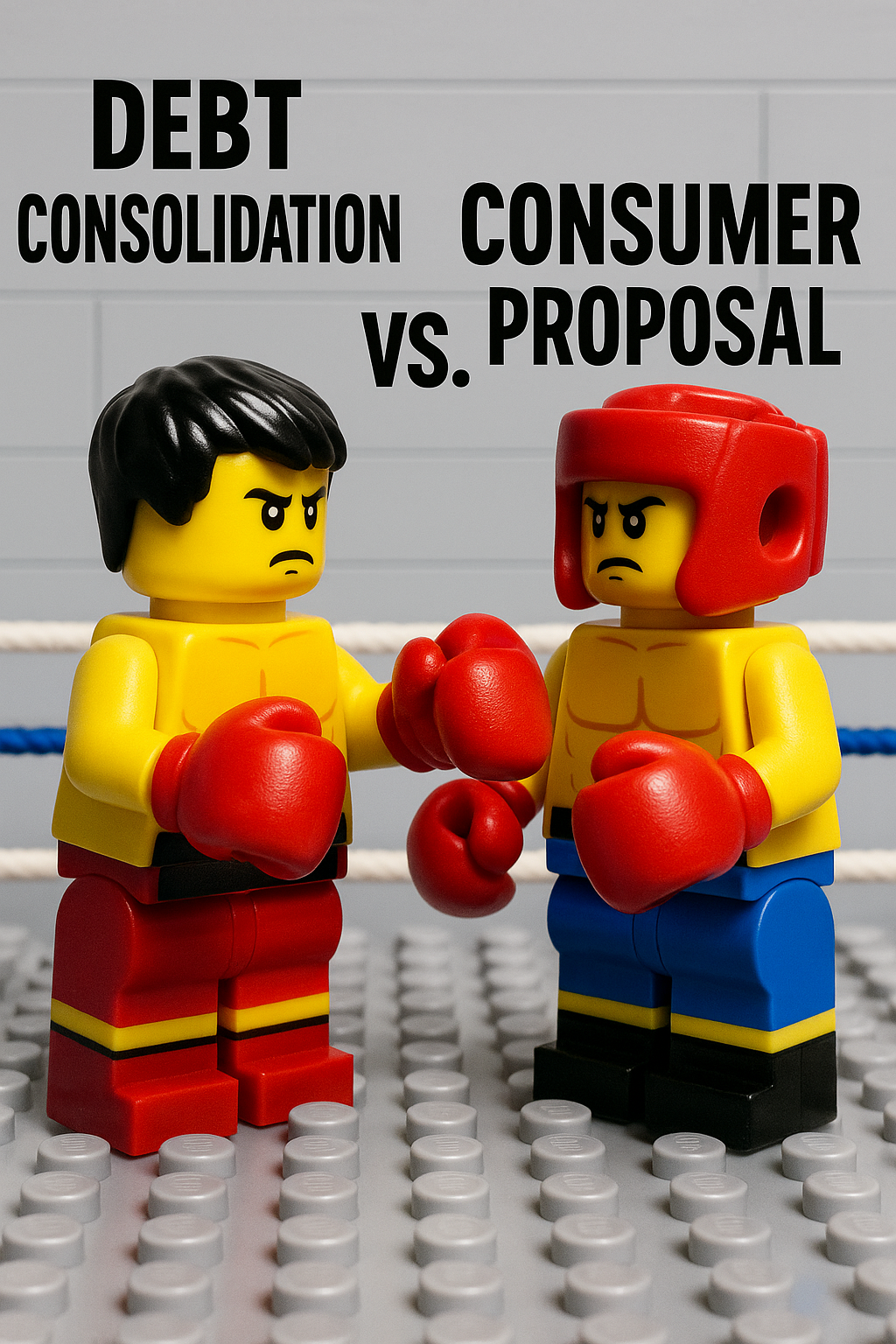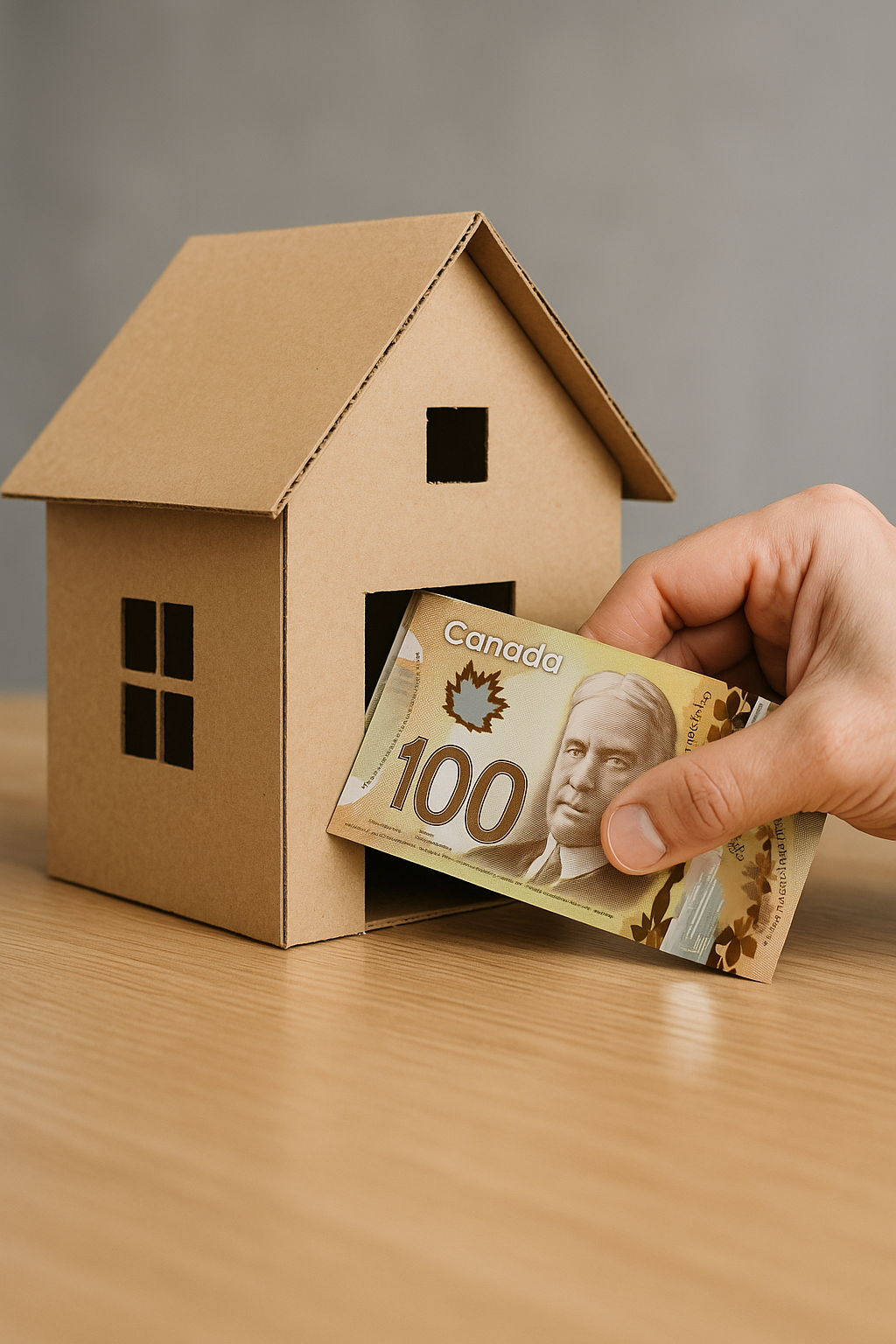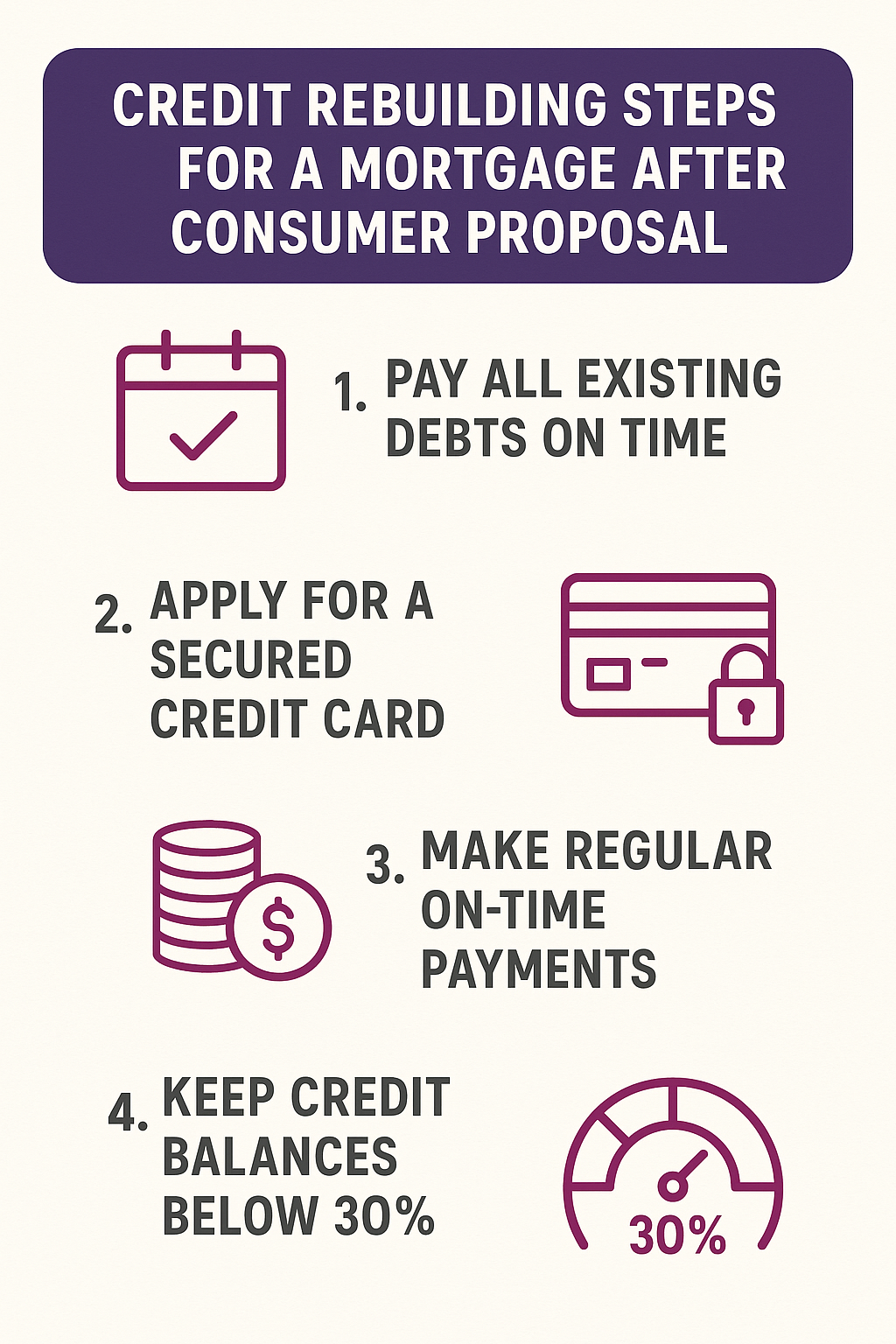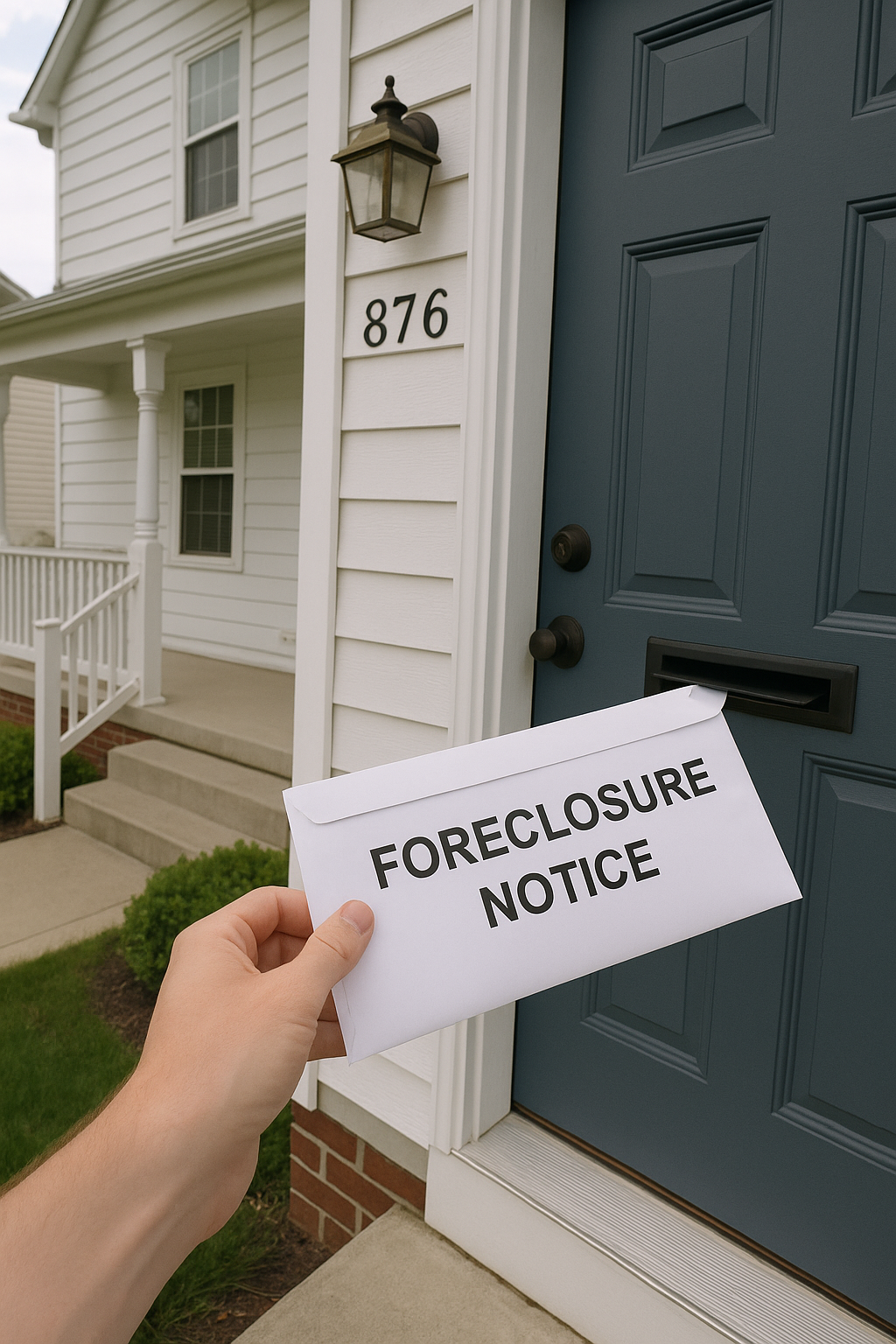A personal loan secured by your home allows Canadian homeowners to borrow large amounts at lower interest rates by using their property as collateral. This type of financing, typically offered as a home equity loan, home equity line of credit (HELOC), or second mortgage, can be used for debt consolidation, home renovations, or major purchases. Approval depends on your equity, credit score, and loan-to-value ratio (LTV).
Quick Answer:
Yes, you can get a personal loan secured by your home in Canada. It’s one of the most flexible ways to access funds in 2025, available through banks, credit unions, and private lenders across provinces like Ontario, Alberta, and British Columbia.
Table of Contents
ToggleWhat Is a Personal Loan Secured by Home?
A personal loan secured by home is a financing option that allows you to borrow money by using your house as collateral. Because your property guarantees the loan, lenders are more confident that they’ll recover their funds, meaning lower interest rates and higher approval odds than unsecured loans.
Definition and Core Concept
In simple terms, you’re unlocking the value in your home (known as home equity) to access funds.
Home equity is calculated as:
Home Value – Mortgage Balance = Home Equity
Understanding Borrowing Equity vs. Realized Equity When Selling
When you hear “you have $250,000 in equity,” it’s easy to assume the entire amount is available to use, but that’s not always the case. There is an important difference between available equity for borrowing purposes and the actual equity you would walk away with if you sold your home.
Using your example:
Home Value (Oshawa): $600,000
Mortgage Balance: $350,000
Total Equity: $250,000
Borrowing Equity (What lenders allow you to access)
When you borrow against your home through a HELOC, second mortgage, or home equity loan, lenders typically allow financing up to 80% loan-to-value (LTV).
In this example:
-
80% of $600,000 = $480,000
-
Subtract the mortgage balance of $350,000
-
Maximum accessible borrowing equity ≈ $130,000
Borrowing equity is limited by lender rules and LTV caps, not the total equity in your home.
This is why you may have $250,000 in equity but only be able to borrow $120,000–$140,000, depending on lender type and property condition.
Realized Equity (What you keep after selling)
If you sold the home, your equity becomes net proceeds, the amount left after all selling costs.
Using the same property:
-
Home sells for $600,000
-
Mortgage payout: –$350,000
-
Realtor fees (approximately 4–5%): –$24,000 to –$30,000
-
Legal fees and adjustments: –$1,500 to –$2,500
Your realized equity would likely be closer to:
$215,000–$225,000 remaining after all costs.
This amount is not restricted by LTV limits because the mortgage is fully paid when the home is sold.
Key takeaway:
A personal loan secured by your home lets you turn built-up equity into cash without selling your property.
How It Differs From an Unsecured Loan
| Feature | Secured Loan | Unsecured Loan |
|---|---|---|
| Collateral | Home equity | None |
| Interest Rates | 6%–12% | 10%–25% |
| Loan Size | Up to 80% LTV | Limited |
| Approval Speed | Moderate | Fast |
| Risk | Property may be at risk | None |
Common mistake: Many Canadians assume all “personal loans” are unsecured — but using your home as collateral opens doors to far better rates.
How Does It Work in Canada?
Step-by-Step Process
-
Determine your home equity. Estimate how much of your home’s value you’ve paid off.
-
Choose a loan type. Decide between a home equity loan, HELOC, or second mortgage.
-
Apply with a lender. Submit proof of income, ID, and property documents.
-
Appraisal & approval. The lender confirms your property’s value and loan amount.
-
Funds released. You receive the money usually within 5–10 business days.
Common Loan Types
-
Home Equity Loan: Fixed lump sum with predictable payments.
-
HELOC: A revolving credit line similar to a credit card, secured by home equity.
-
Second Mortgage: A lump sum placed behind your existing mortgage, often used for short-term needs.
Mini Summary:
Each loan type offers different flexibility; HELOCs are great for ongoing projects, while lump-sum loans work best for debt consolidation or renovations.
Personal Loans With No Collateral in Canada
Not every loan in Canada requires home equity or collateral. A true personal loan, also called an unsecured loan, is based solely on your creditworthiness and income, not your home or other assets. These loans are ideal for borrowers who don’t own property or prefer not to risk their home when borrowing.
What Is a True Personal Loan?
A personal loan without collateral is a fixed-term loan where you borrow a set amount of money and repay it in regular installments. Since there’s no asset backing the loan, lenders rely on your credit score, employment stability, and income level to decide whether you qualify.
Key takeaway:
Unsecured loans depend entirely on your financial profile, not the value of your property.
Why Interest Rates Are Higher
Because unsecured loans carry more risk for lenders, the interest rates are almost double those of secured loans.
-
Typical unsecured personal loan rates: 10%–25%
-
Typical secured or home equity loan rates: 6%–12%
Important to note:
Even a small credit score increase or adding a co-signer can significantly reduce the interest rate offered by a lender.
Where Canadians Commonly Get Personal Loans
Unsecured personal loans are available through:
-
Banks (e.g., RBC, TD, Scotiabank) – stricter approval, lower rates for excellent credit.
-
Credit Unions – more flexible underwriting, community-focused options.
-
Online Lenders (e.g., Borrowell, Fairstone, LoanConnect) – faster applications, often higher interest.
-
Private Lenders – used for short-term funding when banks decline an application.
Mini Summary:
If you don’t want to use your home as collateral, unsecured personal loans offer flexibility, but expect to pay higher rates and face stricter credit requirements.
Pros and Cons of a Secured Loan Against Home
Benefits
✅ Lower interest rates than unsecured loans
✅ Larger borrowing limits — up to 80% of home value
✅ Easier approval, even with bruised credit
✅ Funds can be used for any purpose
Drawbacks
⚠️ Risk of losing your home if you default
⚠️ Legal, lending and appraisal fees apply
⚠️ Variable interest on HELOCs can increase costs
Important to note:
If you plan to sell or refinance within a few years, a second mortgage or short-term equity loan may be more suitable than a long HELOC commitment.
How Much Can You Borrow Against Your Home in 2025?
Most lenders in Canada allow homeowners to borrow up to 80% loan-to-value (LTV), meaning your total mortgage balance and new secured loan can’t exceed 80% of your home’s market value.
Quick Example
Let’s say:
🏡 Home Value = $750,000
💰 Mortgage Balance = $450,000
🧮 80% LTV = $600,000
That means you could access up to $150,000 through a personal loan secured by your home.
Regional Snapshot
-
Ontario (Toronto, Oshawa, Whitby): Strong market equity; private lenders fill gaps for bruised credit.
-
Alberta (Calgary, Edmonton): Slightly more conservative valuations but flexible LTV limits.
-
British Columbia (Vancouver, Surrey): Higher property values create strong borrowing potential.
Key takeaway:
Your location and property value directly affect how much you can borrow.
Qualification Requirements in 2025
To qualify for a personal loan secured by your home, lenders will review the following:
-
Equity & LTV Ratio: Must typically be ≤80%.
-
Credit Score: 620+ preferred; private and alternative lenders accept lower.
-
Income Stability: Proof through employment letters or self-employed statements.
-
Property Condition: Lenders prefer well-maintained homes in urban/suburban areas.
Quick Tip:
Private lenders focus more on equity than income, making them ideal for self-employed or credit-challenged borrowers.

Best Uses for a Personal Loan Secured by Home
Debt Consolidation
Combine multiple high-interest debts (credit cards, payday loans, or CRA arrears) into one manageable payment.
Home Renovations or Repairs
Upgrade your kitchen, fix your roof, or increase property value before refinancing.
Major Expenses
Cover tuition, medical bills, or business investments without maxing out credit cards.
Emergency Situations
Handle sudden costs such as job loss, vehicle repairs, or legal fees with quick alternative or private financing.
Mini Summary:
Using home equity strategically can strengthen your financial stability and improve cash flow.
Options for Borrowers With Bad Credit
Even with a low credit score, Canadian homeowners may still qualify. Private and alternative lenders base their decisions primarily on property equity and repayment potential.
-
Private Lenders: Offer faster approvals, flexible income verification, and higher LTV.
-
Credit Unions: More lenient than major banks for borrowers in rebuilding phases.
-
Mortgage Brokers: Shop multiple lenders to secure fair terms.
Example:
A homeowner in Calgary with bad credit but $200,000 in equity may still access $100,000–$120,000 at 9–12% interest (estimate).
Key takeaway:
Bad credit doesn’t mean disqualification — equity is your most powerful asset.
Secured Loan vs HELOC vs Home Equity Loan – What’s Best?
| Type | Repayment | Interest | Best For | Flexibility |
|---|---|---|---|---|
| Home Equity Loan | Fixed monthly | 7–10% (est) | Renovations, debt payoff | Medium |
| HELOC | Revolving | Prime + 1–3% (est) | Ongoing access | High |
| Second Mortgage | Lump sum | 8–14% (est) | Short-term cash needs | Low |
Mini Summary:
If you want predictable payments, choose a home equity loan.
If you want ongoing flexibility, consider a HELOC.
If you need fast, short-term funds, a second mortgage may be ideal.
Steps to Apply for a Personal Loan Secured by Home in 2025
Quick Checklist
-
Gather Documents:
-
2 pieces of ID
-
Recent mortgage statement
-
Property tax bill or assessment
-
Home insurance
-
-
Estimate Your Equity:
-
Use online tools or request an appraisal.
-
-
Compare Lenders:
-
Banks, credit unions, or private lenders.
-
-
Submit Application:
-
Provide income verification or alternative proof if self-employed.
-
-
Review Terms Carefully:
-
Watch for legal fees, prepayment penalties, or variable rate clauses.
-
Common mistake:
Submitting multiple applications at once can hurt your credit score. Instead, use a licensed mortgage broker to shop rates on your behalf.
Alternatives If You Don’t Qualify
-
Co-Signer or Guarantor: Strengthens your application.
-
Refinance Your Mortgage: Access lower rates and combine debts.
-
Sell and Downsize: Release equity without borrowing.
-
Credit Counselling: Improve your credit and budgeting before re-applying.
Key takeaway:
If lenders turn you down, focus on equity growth or credit rebuilding, then revisit your application in 6–12 months.
The Bottom Line
A personal loan secured by your home continues to be one of the most practical and cost-effective borrowing options for Canadians in 2025. It provides lower rates, flexible repayment terms, and accessible approval — even for those with less-than-perfect credit.
Before moving forward, it’s important to develop a game plan that works both short term and long term. Understanding how to improve your monthly cash flow today is only part of the solution — you also need a clear strategy for managing any equity you withdraw to pay off debts and ensure you can comfortably repay it over time.
At LendToday.ca, we help homeowners across Ontario, Alberta, and British Columbia access the funds they need quickly and confidently.
FAQs Personal Loan Secured by Home
1. How much equity can I actually borrow from my home?
Most Canadian lenders allow borrowing up to 80% of your home’s value, including your existing mortgage. This means your “total equity” isn’t always the same as your “borrowing equity.” The amount you can access depends on your lender’s LTV limits, property value, and overall application.
2. What’s the difference between secured and unsecured personal loans in Canada?
A secured personal loan uses your home as collateral and typically offers lower interest rates and higher approval chances. An unsecured personal loan doesn’t require collateral but usually comes with higher rates and stricter credit requirements.
3. Can I get a personal loan secured by my home with bad credit?
Yes. Many private lenders and some credit unions approve home-secured loans based more on your equity than your credit score. Even with bruised credit, Canadian homeowners may still access funding through a HELOC, second mortgage, or home equity loan.
4. What are the best uses for a home-secured personal loan?
These loans are commonly used for debt consolidation, home renovations, major expenses, and emergency financial needs. They help improve cash flow by replacing high-interest debts with a lower-rate, equity-based solution.
5. What’s the difference between borrowing equity and realized equity?
Borrowing equity is the amount you can access through a lender, capped by the 80% LTV rule. Realized equity is what you’d receive if you sold your home and paid off the mortgage and closing costs. Borrowing equity is typically lower than the amount you would walk away with after a sale.
- How to Get a Personal Loan Secured by Home in Canada in 2025 - November 17, 2025
- Debt Consolidation vs. Consumer Proposal in Ontario: Here are 7 Helpful Facts - November 13, 2025
- 9 Creative Ways to Use Home Equity in Canada - November 11, 2025






